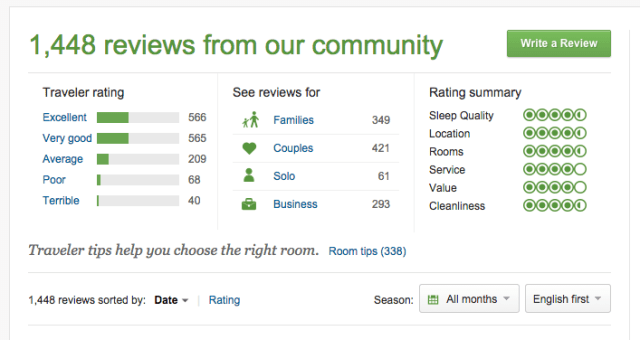Haven’t written a blog post since 2016, which is a near-eternity in the modern era. As much as there was no particular reason I stopped, man is it hard to restart. I’ve literally been wanting to write the entire time, but sitting here typing is a totally different thing. In fact I have no agenda to this post, and am treating it as a stream-of-consciousness.
That said, I have decided that I should feel comfortable putting anything I want on this blog, be it personal journey (hello!), product/technology commentary & opinions, thoughts on product management & strategy, etc. I think one central theme I’d like to write more about is innovation as a mindset. But I’ll also dabble on anything from family/living/social commentary (I pledge to keep as far away from politics as I can). Hope that works out. One of my goals is a high level of transparency, dabbling on over-sharing vs under.
I do realize how daunting it is to write. Even now I’m not 100% sure I’ll hit the Publish button. Here are some of the concerns I have:
- Why bother? Seriously, there’s SO much content out there, does the world need one more thing to read? I can just keep these oh-so-witty moments to myself. But I’ll try not to!
- I may fall off the horse/wagon (seriously, which is it?) again. Sometimes the hardest part of losing a good habit is the effort to just get back to where you started. And the idea of doing this haphazardly is tough for me – I prefer to get into a good routine and commit. The challenge with blogging is I either write a bunch of posts and don’t publish, or I run the risk of giving it up again. Going to have to go with the latter.
- Is it worth the time? Beyond the why bother remark, if I spend, say, 15-30m per day writing, is that the “best” use of that time? Hard to say, and hard to even evaluate what that might mean. Writing along might contribute to happiness/etc, so even if nobody’s reading, the process might be worth the journey. I’ll take a shot.
- Making it look good is much harder/time-consuming. Sometimes I just want to write, but “best practices” would say to edit, to find a good picture to go with the post, properly tagging the post, cross-posting to medium/linkedin/etc, etc. For now I’ll skip the “extra work” part until I am in a good rhythm with it, then re-evaluate.
- Lack of interaction will be defeating. In a bit of a chicken-and-egg moment, since I haven’t been regular, I have, effectively, no readers to engage with. So I have to pre-commit to the deafening silence for now, and see what happens.
- Avoiding judgment. I think the biggest concern overall is whatever personal brand-building this results in. Do I look better, or worse? Smarter, or dumber? I’ve certainly made some very wrong projections before, but a few right ones as well. And does it even really matter? Hard to tell, but I’m going to just have to jump off the diving board and see what happens.
So there we are. Welcome to 2019, and hopefully I’ll be back as soon as tomorrow, but realistically just before 2021 would be good enough for now.
 Pitching – it’s an art and a science, a love and a hate, an up and a down (wait, what? get on with it? oh, okay, sorry)…
Pitching – it’s an art and a science, a love and a hate, an up and a down (wait, what? get on with it? oh, okay, sorry)… Skip the Jargon; Use vocabulary that I’ll understand
Skip the Jargon; Use vocabulary that I’ll understand Don’t Multitask
Don’t Multitask












 As I asserted in
As I asserted in  Fundamentally the thing that’s made the TV industry “work” is the requirement and dependency on the two-tiered “middlemen” between content production and audiences. But if the audiences are shifting patterns, quickly, and the producers are able to find new methods of profitable content distribution, change will come. I can’t say it’s a “this year” thing or a “10 years from now” thing – but I do believe we’ve entered the phase wherein there’s industry awareness of changing times, and reactiveness is following.
Fundamentally the thing that’s made the TV industry “work” is the requirement and dependency on the two-tiered “middlemen” between content production and audiences. But if the audiences are shifting patterns, quickly, and the producers are able to find new methods of profitable content distribution, change will come. I can’t say it’s a “this year” thing or a “10 years from now” thing – but I do believe we’ve entered the phase wherein there’s industry awareness of changing times, and reactiveness is following.








